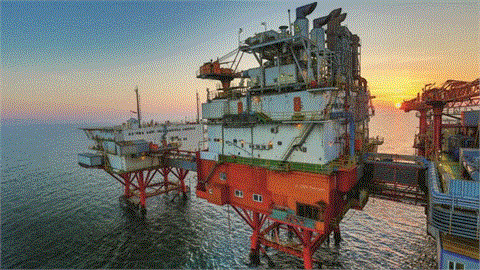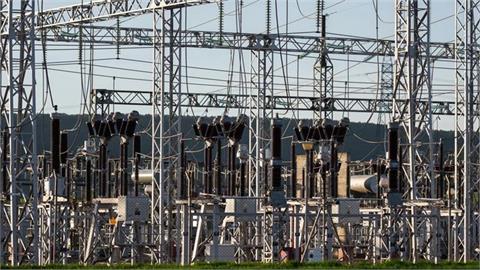Oil prices are unlikely to rise significantly this year because of fears of an oil supply glut caused by over production and reduced oil demand due to a slowdown on global economic growth as well as doubts that an oil supply cut deal between the Organization of Petroleum Producing Countries (OPEC) and non-OPEC members reached in December will be implemented fully in early 2019.
By Kostis Geropoulos
Oil prices are unlikely to rise significantly this year because of fears of an oil supply glut caused by over production and reduced oil demand due to a slowdown on global economic growth as well as doubts that an oil supply cut deal between the Organization of Petroleum Producing Countries (OPEC) and non-OPEC members reached in December will be implemented fully in early 2019. "Over-production and a reduced increase in global demand are having their impact on oil prices despite OPEC and Russia’s planned cuts,” Natural Hydrocarbons Company CEO Charles Ellinas told New Europe on January 4, adding that this is driven in part by China’s slowing economy, but also due to concerns about the global economy.
He reminded that OPEC and Russia are expected to achieve their announced production cuts of 1.2 million barrels per day early in 2019 and the escalating crisis in Venezuela and Iran sanctions are likely to contribute to a further reduction. "But non-OPEC and US crude oil production and exports will carry on increasing, counteracting these. Added to this is pressure from (US) President (Donald J.)Trump on Saudi Arabia to produce more oil to offset the impact of sanctions on Iran,” Ellinas said.
On January 4, both crude oil benchmarks were on track for solid gains in the first week of 2019 trading despite rising concerns that the China-US trade war will lead to a global economic slowdown. According to Reuters, Brent crude, the global benchmark rose $2.25, or 4%, to $58.20 a barrel. US crude oil was up $2.02, or 4.3% at $49.11.
Most oil analysts forecast that in 2019 Brent will average $70 per barrel and WTI will be about $60 per barrel. According to Ellinas, this is based on their expectation that the global oil supply and demand will reach a balance. If, however, supply exceeds demand, which is possible, and OPEC cuts are not followed or not extended beyond the 6-month agreed period, then prices will trend lower, possibly back to $50-60 per barrel, the energy expert added.
Turning to natural gas prices, Ellinas reminded that with the Chinese economy in a slowdown mode and nuclear reactors restarting in Japan, demand growth for liquefied natural gas (LNG) in Asia will be less than in 2019.
"With the close linkage that exists between LNG and oil prices, this is bound to keep LNG prices low in 2019,” he said, noting that already forward gas sales for deliveries in the summer of 2019 to Japan trend below $8 per one million BTU (British Thermal Units). Similarly, European spot prices at Europe’s TTF for summer 2019 deliveries are already well below $7.50 per one million BTU, Ellinas said, adding that these are much lower than in 2018.
In the US, together with shale oil come large quantities of cheap associated gas, he said, explaining that the US Energy Information Administration (EIA) estimates US proven natural gas reserves now exceed 13 trillion cubic meters, and forecasts that future US gas production will grow at almost twice the rate of US demand growth, leaving a large amount available for export.
The US became a net gas exporter in 2017, but with LNG export capacity increasing to over 100 billion cubic meters per year, LNG exports are poised to rise dramatically in 2019, Ellinas said. "And there are more liquefaction projects in the pipeline awaiting approval in 2019. However, given the trade war with China and expected weaker demand in Asia, US LNG exports may face challenges securing markets in 2019. This may force more US LNG to be diverted to Europe,” he said, forecasting that even though it may struggle to secure significant markets, US LNG may impact European gas prices further.




